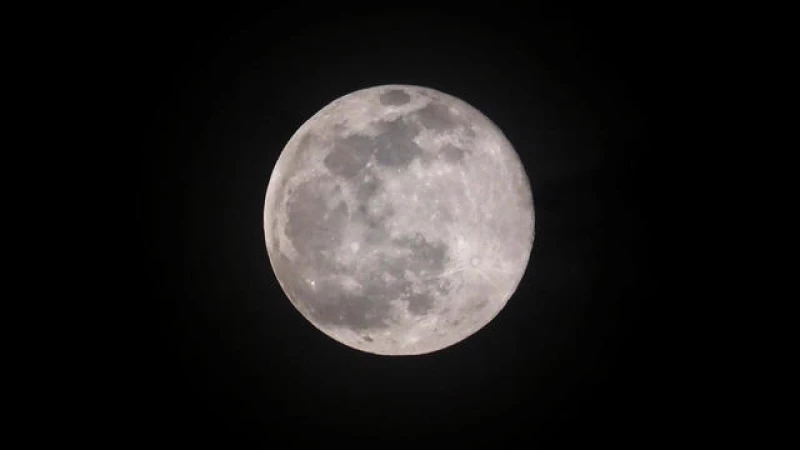The Moon's Own Time Zone
Imagine a world where the moon has its own time zone. That could soon be a reality as the White House has instructed NASA to collaborate with other government bodies to establish a lunar-based time system known as Coordinated Lunar Time (LTC). By the end of 2026, this new time system should be fully developed.
The objective, as outlined in a recent memo from the White House's Office of Science and Technology Policy, is to create a standardized time measurement that will facilitate coordination as humanity ventures back to the moon for exploration and economic activities. With recent lunar landings and NASA's upcoming manned mission in 2026, the need for such a time system is becoming increasingly pressing.
"Over the next decade, the United States will collaborate with allies and partners to not only return humans to the Moon but also establish capabilities for a sustained presence," the memo stated. Understanding time in remote operational environments is crucial for scientific advancements, economic progress, and global cooperation, all of which are essential for the United States' leadership in space.
Curious to learn more about the moon time zone? Stay tuned for further updates.
Why does the moon need its own time system?
Time on the moon moves differently than it does on Earth, which means that using the terrestrial time system, called Coordinated Universal Time, or UTC, wouldn't work.
UTC is tracked by the weighted average of hundreds of atomic clocks across the planet, with so-called leap seconds periodically added to keep it aligned with the planet's solar days. But time on Earth doesn't quite track with lunar time because of relativity, the White House memo noted.
In other words, someone on the moon would experience UTC time as distorted, with a terrestrial-based clock appearing to lose 58.7 microseconds each Earth day, the memo added.
That may seem like a tiny difference, but the issues could mount when coordinating activities on the moon, such as a spacecraft seeking to dock on the moon or to undertake a data transfer at a specific time.
Will other countries use the same lunar time zone?
That's the goal. NASA is aiming to create LTC as the "international standard through existing standards bodies, and among the Artemis Accords signatories," according to the Office of Science and Technology Policy.
The Artemis Accords, a pact signed by dozens of nations, sets principles for exploration and development of the moon, Mars and asteroids. Countries continue to sign the pact, with Uruguay signing in February. Two major nations, China and Russia, have yet to come aboard.
Exploring Economic Opportunities on the Moon
In a recent report by NASA on the Artemis Program, it is suggested that the moon could become a lucrative commercial market starting in the 2030s. Companies are expected to offer services like transportation between Earth and the moon, as well as engage in activities such as water extraction and resource mining. This potential economic development has already attracted the interest of major players in the space industry, including Blue Origin and SpaceX, which were among the 14 companies selected by the Defense Advanced Research Projects Agency to explore commercial opportunities on the moon.
Sources: NASA Report, Space.com







